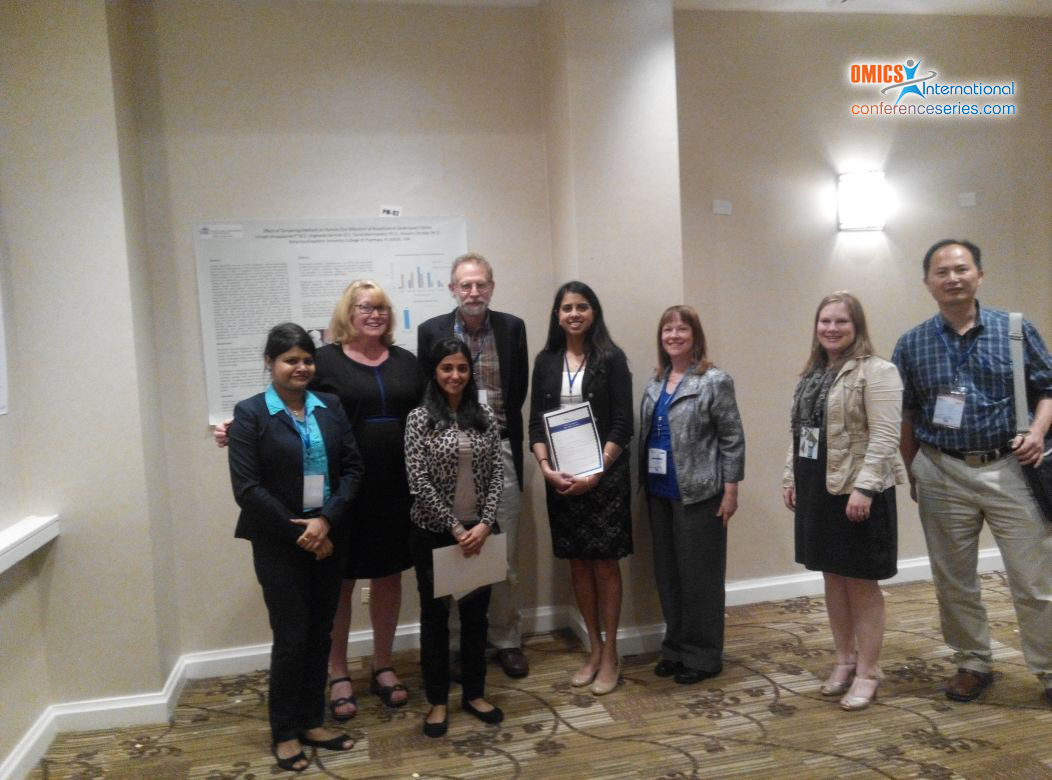
Alicia Janas-Martindale
United States Department of Agriculture,
USA
Title: USDA swine influenza surveillance program
Biography
Biography: Alicia Janas-Martindale
Abstract
Influenza A virus in swine (IAV-S) is commonly found in swine herds in North and South America, Asia and Europe. Since its identification in 1930, IAV-S in the US has evolved from a seasonal respiratory disease caused by a stable genotype to a year round, endemic disease cause by multiple IAV-S genotypes of multiple species origins (human, swine, and avian). Rapid evolution of IAV-S has occurred with the introduction and maintenance of H3N2 virus in pigs around 1998 and the pandemic H1N1 virus (pH1N1) in 2009. In April 2009, a National Surveillance System IAV-S was implemented by USDA. The objectives of the National IAV-S Surveillance System are: 1. Monitor genetic evolution of endemic IAV-S to better understand endemic and emerging influenza ecology. 2. Make virus isolates available for research, and establish a database for genetic analysis. 3. Select proper isolates for development of relevant diagnostic reagents, updating diagnostic assays and vaccine seed stock products. The surveillance program covers on-farm swine populations exhibiting influenza-like illness (ILI), swine exhibiting ILI at points of concentration or commingling events (i.e. fairs) and swine populations epidemiologically linked to confirmed IAV-S cases in humans. Whole genome sequencing has enhanced our understanding of the dynamic genetic diversity of IAV-S strains circulating in the US and reinforces the importance of surveillance. In particular, surveillance has demonstrated multiple introductions of human origin influenza genes into the swine population as well as swine origin influenza viruses in people. This two way transmission of influenza viruses is important to monitor and demonstrates the need for a “one health” approach between animal health and human health for monitoring viral changes and collaborating during human health events. Currently, there are approximately 3000 repository virus isolates that are available to the public and the surveillance program’s sequence data accounts for the majority of IAV-S data available in GenBank. The repository consists of isolates collected in over 30 states and state laboratory participation has increased since 2009. Repository isolates have been requested by other government agencies, academic institutions, pharmaceutical companies, and researchers from other countries.



